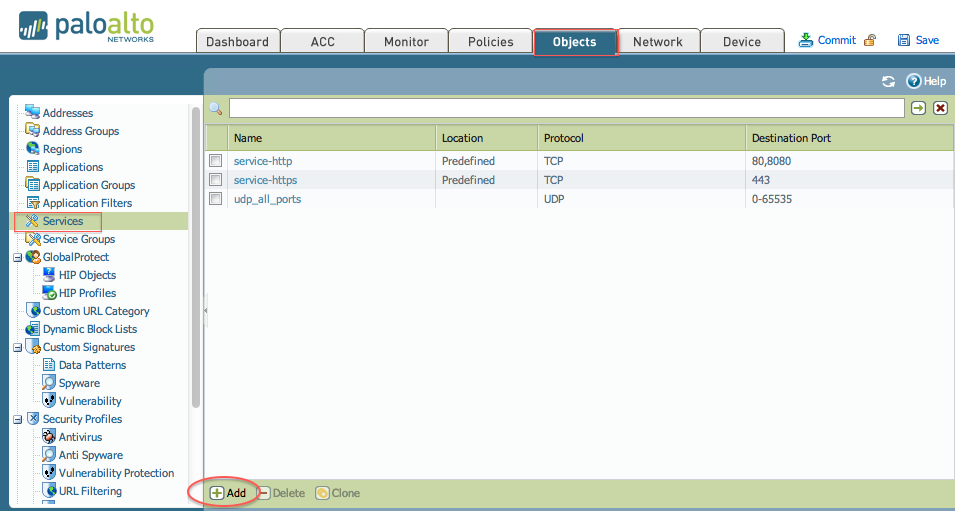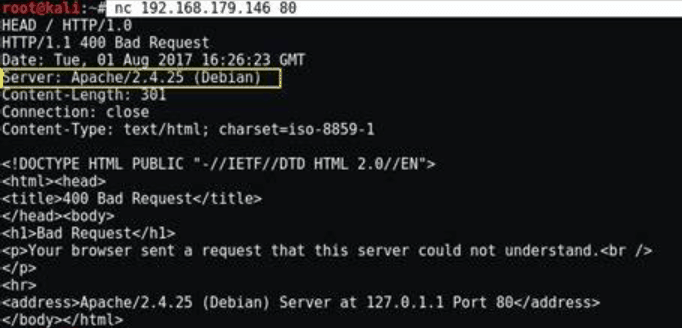
To access this test, click the yellow button below. ShieldsUP!! also has a Custom Port Probe tool for scanning any port of your choosing plus a useful port information tool. For users’ safety, UPnP was meant to be used within your internal network and it shouldn’t be exposed publicly. While it is a convenient feature, UPnP is commonly exploited by hackers to connect to your network remotely.
Scan my firewall for open ports password#
This allows your network’s home appliances that support UPnP to discover and connect with each other without password authentication. UPnP, or Universal Plug and Play, is a feature that is enabled by default in most consumer routers. This information may contain cookies, the webpage that contained the referral link, the type and version of the browser you’re using, display setting, operating system and more.

This tool checks what identifying information is being sent by your browser when it requests data from a web server. By sending text packets to your IP address, this tool tests if your computer is vulnerable to Messenger Spam. Port 135 is apparently used by spammers to exploit the Windows “Messenger Service” to flood the internet with unsolicited emails. Again, unless done for a specific purpose, these ports should always be scanned as “Stealth” or “Closed.” Windows Messenger Spam check: Port 135 GRC also added an additional 33 ports due to the “insecure behavior of Microsoft’s Windows operating systems,” bringing this number to 1056. Why these ports? Internet ports are numbered from 1 through 65535, but according to GRC, ports 1 through 1023 are generally reserved as listening ports for services waiting for incoming connections running on the receiving system. This port scanner runs a UDP scan on an IP address using Nmap port scanner. Use this UDP port scan tool to check what services (dns, tftp, ntp, snmp, mdns, upnp) are running on your server, test if your firewall is working correctly, view open UDP ports. This is a complete test of your standard service ports 1-1056. With this online UDP port scanner you can scan an IP address for open UDP ports.

If hackers find an exposed networking port on your computer, they can jump right in. That’s why you should always use a firewall to hide and protect your computer. Port 80, for example, is always used for general web traffic and port 143 is for IMAP email. Your router has thousands of “ports” that let different kinds of information pass between your network and the internet. Although useful for certain applications, you have to be careful when tweaking your firewall port settings.Ī wrong port setting can leave your computer vulnerable to port scanners, giving hackers an opportunity to slip past.Īlso, if your computer has been exposed to a virus, it might have changed your port settings without you knowing.
Scan my firewall for open ports software#
Not sure if you have a firewall in place? Well, newer Windows and Mac systems all have built-in software firewalls for configuring your outgoing and incoming internet ports. Even if they manage to know your computer’s location and IP address, the firewall keeps them from accessing your system and your network.

One essential tool that keeps hackers from seeing your computer online is a firewall.


 0 kommentar(er)
0 kommentar(er)
